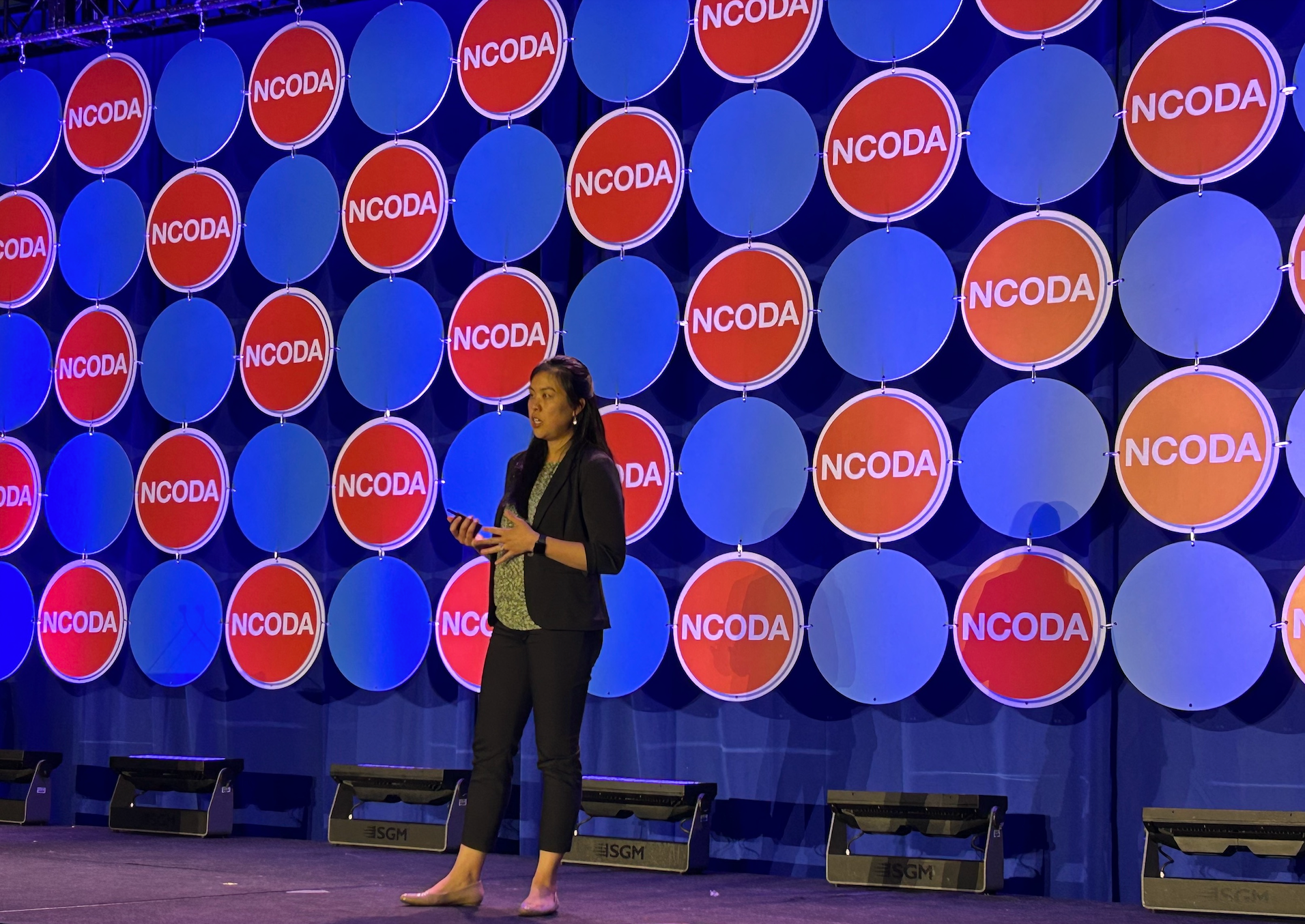Article
Immunotherapies Changing the Way Relapsed/Refractory Settings Are Managed
Author(s):
Since 2014, 10 immunotherapies have been approved by the FDA, including 6 CAR T-cell therapies and 4 BiTE therapies.
It’s an exciting time for immunotherapies, explained Teresa Thakrar, PharmD, BCOP, of GlaxoSmithKline, during her presentation at the 2023 NCODA International Spring Forum. Thakrar explained that under the umbrella of immunotherapies, there consists of 2 subtypes: chimeric antigen receptor (CAR) T-cell and bispecific T-cell engager (BiTE) therapies.
Since 2014, 10 immunotherapies for these 2 categories have been approved by the FDA, including 6 CAR T-cell therapies: tisagenlecleucel (Kymriah; Novartis) in August 2017, axicabtagene ciloleucel (Yescarta; Kite Pharma) in October 2017, brexucabtagene autoleucel (Tecartus; Kite Pharma) in July 2020, lisocabtagene maraleucel (Breyanzi; Bristol Myers Squibb) in February 2021, idecabtagene vicleucel (Abecma; Bristol Myers Squibb) in March 2021, and ciltacabtagene autoleucel (Carvykti; Janssen Pharmaceutical Companies) in February 2022.
Additionally, 4 BiTE therapies have been approved during this period, starting with blinatumomab (Blincyto, Amgen) in December 2014, tebentafusp (Kimmtrak; Immunocore) in January 2022, teclistamab (Tecvayli, Janssen Biotech) in October 2022, and mosunetuzumab (Lunsumio, Genentech) in December 2022.
Teresa Thakrar, PharmD, BCOP, of GlaxoSmithKline, discusses the latest developments in immunotherapies that treat blood cancers during a session at the 2023 NCODA International Spring Forum.

Thakrar explained that it’s helpful to frame the use of these immunotherapies with a patient case that demonstrates the setting that CAR T-cell and BiTE therapies are being used in. In one such case, a 59-year-old female patient named LL with high-risk immunoglobulin G kappa multiple myeloma was diagnosed in December 2020 after presenting with pancytopenia and hyperviscosity. LL was started on a treatment course that consisted of lenalidomide (Revlimid; Celgene Corp), bortezomib (Velcade; Millennium Pharmaceuticals), and dexamethasone (Ozurdex; AbbVie) in 4 cycles until she achieved very good partial response.
“We then moved forward with high-dose melphalan [Evomela; Acrotech] followed by an autologous stem cell transplant as standard of care. She achieved a complete response after this, but minimal residual disease was still detected,” Thakrar said. “She continued with maintenance therapy with ixazomib [Ninlaro; Takeda Pharmaceuticals USA] and lenalidomide and, unfortunately, she relapsed 9 months after her transplant. With the relapse, she was continued on daratumumab [Darzalex; Janssen Biotech], carfilzomib [Kyprolis; Takeda Pharmaceutical Company Limited], and dexamethasone.”
However, LL progressed through this treatment, according to Thakrar. Because of this, she received salvage treatment with dexamethasone, cisplatin, doxorubicin (Lipodox; Sun Pharmaceutical Industries), cyclophosphamide (Cytoxan; Amneal Pharmaceuticals), and etoposide (Vepesid; Mylan Pharmaceuticals) as a bridge to CAR T-cell therapy. She did receive some palliative radiation for some plasmocytomas, and then in August 2022, she received CAR T-cell therapy with idecabtagene vicleucel.
“The one thing that I want to point out in this patient case to keep in mind is that she received multiple lines of therapy before she received her CAR T cells,” Thakrar said. “So this is kind of the setting that we're seeing these therapies, the CAR T-cell therapies and BiTE therapies, in the relapsed and refractory settings.”
Thakrar noted that although the FDA approvals for these immunotherapies started in 2014, the majority of the approvals of CAR T-cell and BiTE therapies have occurred within the past 2 to 3 years.
“We've really seen expanded use of CAR T-cells and BiTE therapies, and there's going to be even more to come. So this is why it's even more imperative that we're able to recognize how these therapies work and the toxicities and how to manage them,” Thakrar said.
According to Thakrar, the CAR is programmed to be able to target a specific antigen, and when those bind, the results are T cell activation and the proliferation of the CAR T cells. There's then a release of inflammatory cytokines and interleukins, ultimately resulting in tumor cell destruction.
“BiTE molecules or therapies ultimately end up with the same results, but they start out a little bit differently. So they use the patient's endogenous or existing T cells,” Thakrar said. “And what's introduced is the BiTE molecule.”
Thakrar explained that BiTE molecules come in a variety of different constructs. Specifically, BiTE molecules are unique antibodies that are able to recognize 2 different antigens.
“So, [for] example, this BiTE molecule is able to recognize the CD3 on the T cell and the target antigen on the tumor cells, and they're linked together with a little linker in between,” Thakrar said. “So when they combine and are linked together, it results in the activation of the patient's own T cells, and enzymes and proteins are released—perforin and granzyme B are examples—and that results in apoptosis and tumor cell destruction.”
There are currently 4 FDA-approved indications for CAR T-cell therapies in the leukemia and lymphoma space in the relapsed and refractory settings, including large B cell lymphoma, follicular lymphoma, B cell acute lymphoblastic leukemia, and mantle cell lymphoma. Specifically, for multiple myeloma, there are 2 agents that are FDA-approved in the relapsed and refractory settings.
Further, there are 4 agents currently approved in the BiTE category, such as B cell acute lymphoblastic leukemia, metastatic uveal melanoma, multiple myeloma, and follicular lymphoma.
Reference
Thakrar T. Toxicity Management for CAR-T and Bispecific Treatment. Presented at 2023 NCODA International Spring Forum; March 17, 2023.






